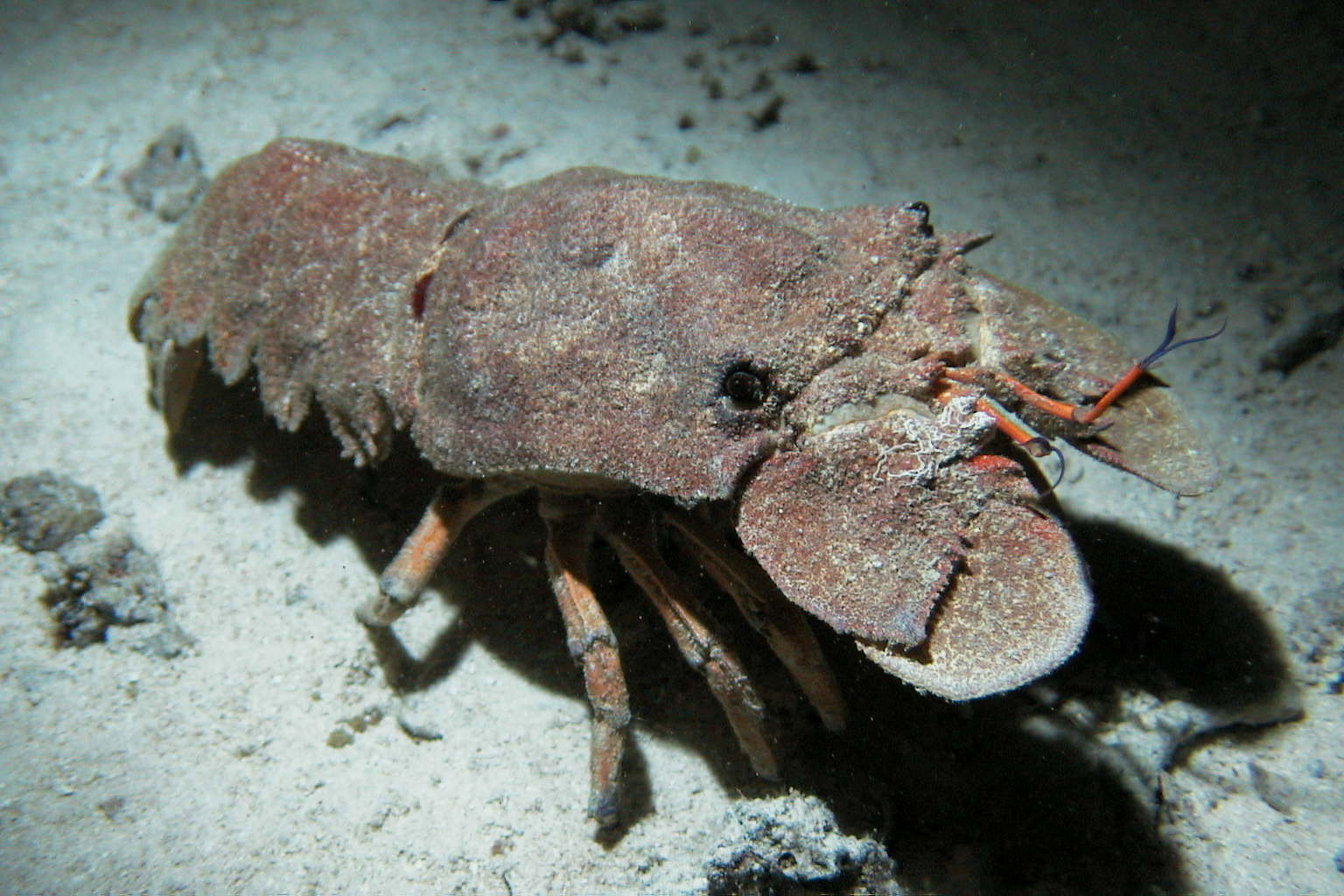Classifications
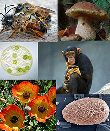 Domain: Eukarya
Domain: Eukarya
The eukarya includes organisms with
eukaryotic cells - those that have membranous organelles.
The nucleus is a big part of differentiating eukaryotes from
prokaryotes where eukaryotes' nucleus are enclosed whereas from
the prokaryotes. They also contain mitochondria,
chloroplasts, and Golgi bodies apart from the nucleus.
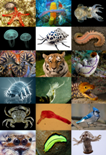 Kingdom: Animalia
Kingdom: Animalia
There are some attributes to organisms that make them belong
into the kingdom animilia which are: they have specialized
tissues such as organ systems, eukaryotic cells, use sexual
reproduction, an aerobic metabolism (meaning breaks down food
and obtain ATP as energy), and are capable of moving. Just like
other organisms though, the kingdom animalia has classifications
such as poriferans (sponges), etc. This leads to our own
organism's classification.
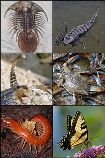
Phylum: Arthropoda
The word arthropoda stands for jointed feet, and probably
consists of widest range of species in the phyla's. This
phyla consists of crabs/lobsters, insects, spiders, and
centipedes/millipedes. One major feature that arthropods must do
is that they must shed their chitin exoskeletons since they
don't grow along with them. This helps them grow.
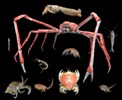 Class: Malacostraca
Class: Malacostraca
Malacostraca's are the largest class of the crustaceans which
consists of lobster, crabs, and shrimps where at least 25,000
species exists. Their body types includes the thorax,
cephalon, and abdomen.
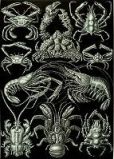
Order: Decapoda
Decapoda species can consist of anything that has five pairs of
legs (10) which means exactly what the word is. This means
crabs, lobsters, and shrimp, all fit in this order.
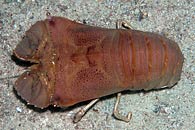 Family: Scyllaridae
Family: Scyllaridae
Scyllaridae is a family of specific flathead lobsters also know
as the slipper lobsters which usually inhabits the coasts of
subtropical/tropical areas.
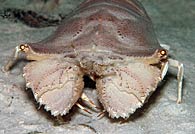
Genus: Thenus
Thenus, standing for flat, is how most lobsters who spend time
buried under sand are named. Another name given to species
are slipper lobsters for their flatness.
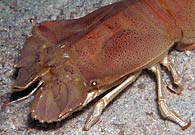
Species:
Thenus orientalis, meaning flathead lobster, slipper
lobster, or know to be the Moreton Bay Bug. Though it is a
lobster, it isn't a true lobster and is more closely related to
the spiny lobster or furry.
Personal thanks to Philippe Poppe for some of these images. Also
to Wikipedia.org.
To learn where these critters live, click
Habitat.
To learn about more organisms, visit
Multiple Organisms.
Or feel free to also visit the UWL
Website.
